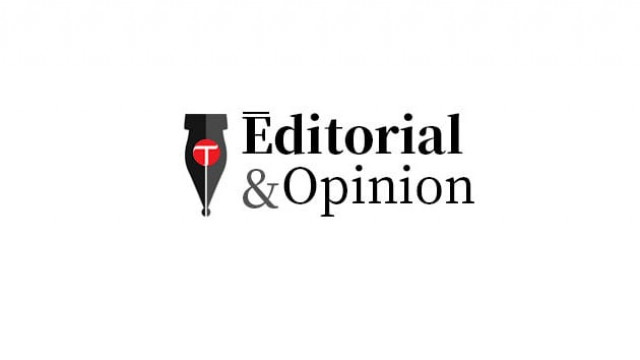Growth budget
Growth budget

Still unable to convince the IMF to drop certain conditions that would heavily add to the inflationary pressure, the federal government has unveiled what should be called a conditional budget for the coming fiscal year. While the two sides agree on Rs5.829 trillion as the total amount of taxes in the Federal Budget 2021-22, they still differ on how to generate them, and remain locked in a dialogue. The IMF wants the government to increase power tariff, petroleum development levy, and the amount of income tax to meet the tax collection target. The government, however, wants to take its own way in pursuit of the tax target which is 18% higher than in the outgoing fiscal year.
Meanwhile, the federal budget – unveiled yesterday by Finance Minister Shaukat Tarin amid protest from the opposition inside the National Assembly and from a large number of government employees outside the Parliament House – envisages a total outlay of Rs8.48 trillion as against Rs7.29 trillion in the outgoing fiscal year, and carries a fiscal deficit of Rs3.42 trillion, or around 6.3% of the GDP, down from last year’s 7%. Adding the non-tax revenues worth Rs2.08 trillion, the total receipts come to Rs7.9 trillion. In sharp contrast with the previous two budgets, the one for the next fiscal year intends to increase economic growth. The budget targets a GDP growth rate of 4.8% as against the current provisional figure of 3.94%.
A 37% increase in the combined federal and provincial PSDP – to Rs2.13 trillion from Rs1.32 trillion previously – is meant to quicken the pace of the economy wheel and spur growth through infrastructure development in the various sectors of the economy. The PSDP allocation also carries Rs739 billion for Karachi Transformation Plan. Among other major expenditures, debt-servicing takes up Rs3.06 trillion as against Rs2.94 trillion previously. Allocation for defence services, Rs1.33 trillion, makes up 16% of the total expenditure, down from 18% last year.
Inflation control remains the government’s top most challenge even if the IMF agrees to soften – or even withdraw – its conditions mentioned above. Already in the double digit, the rate of inflation will rise further in case of any raise in power tariff and petroleum levy. The government, however, targets to keep inflation at 8.2%, far higher than the 6.5% targeted in previous fiscal. In a bid to offset the impact of inflation on low-income and salaried classes, the federal government has proposed several measures: rise in Ehsaas programme allocation to Rs260 billion from Rs208 billion; proposing subsidies worth Rs682 billion; 10% ad hoc relief for government employees; 10% rise in pensions for retired public servants; increase in minimum wage to Rs20,000; and rise in orderly allowance to Rs17,500 from Rs1,400.
However, the break-up of the proposed tax target – Rs3.64 trillion indirect taxes and Rs2.18 trillion direct taxes – exposes the government’s oft-repeated claim of taxing the rich. As part of the various tax measures, motor cars will get cheaper. Budget proposals also feature increase in regulatory duty on the import of mobile phone, but the same has been withheld on the insistence of the PM, understandably because it conflicts with his Digital Pakistan vision.
For a raft of measures, the business community has welcomed the budget proposals. The measures include: restoration of self-assessment scheme in its original shape; simple, one-page tax refund form; introduction of third-party audit; abolition of discretionary powers for tax authorities; etc. Businessmen, however, still have reservations on whether the relevant authorities will really cooperate. In sum, the budget does carry proposals that promise to give direction to the national economy.















COMMENTS
Comments are moderated and generally will be posted if they are on-topic and not abusive.
For more information, please see our Comments FAQ